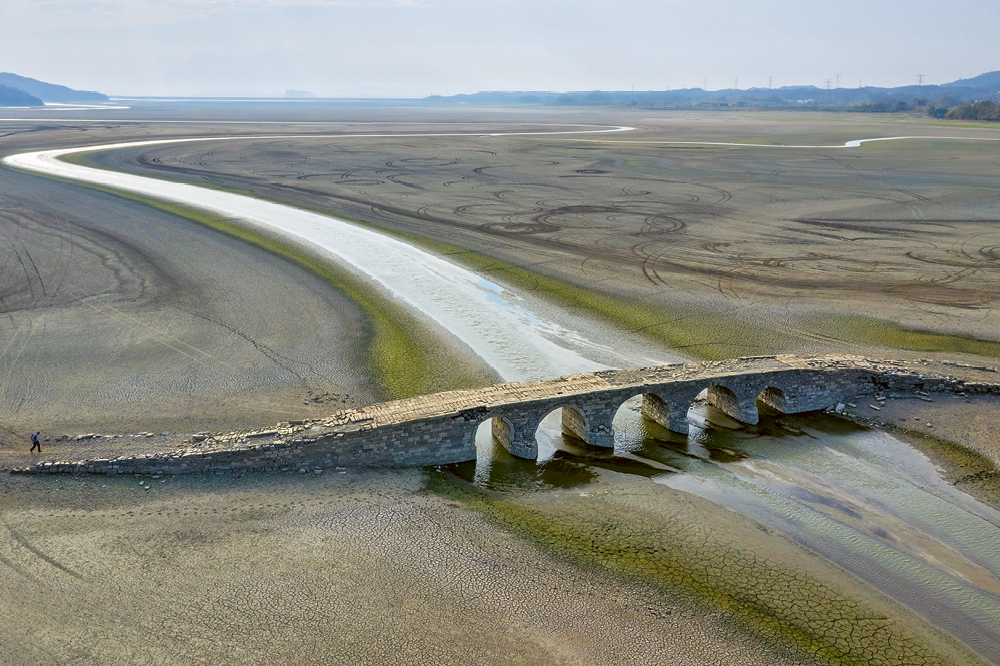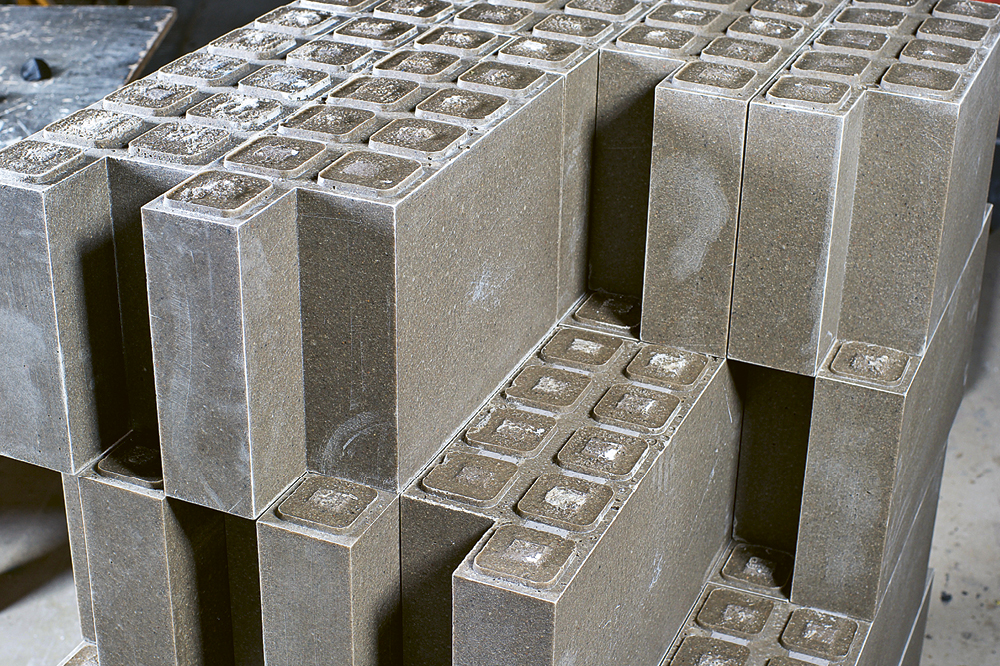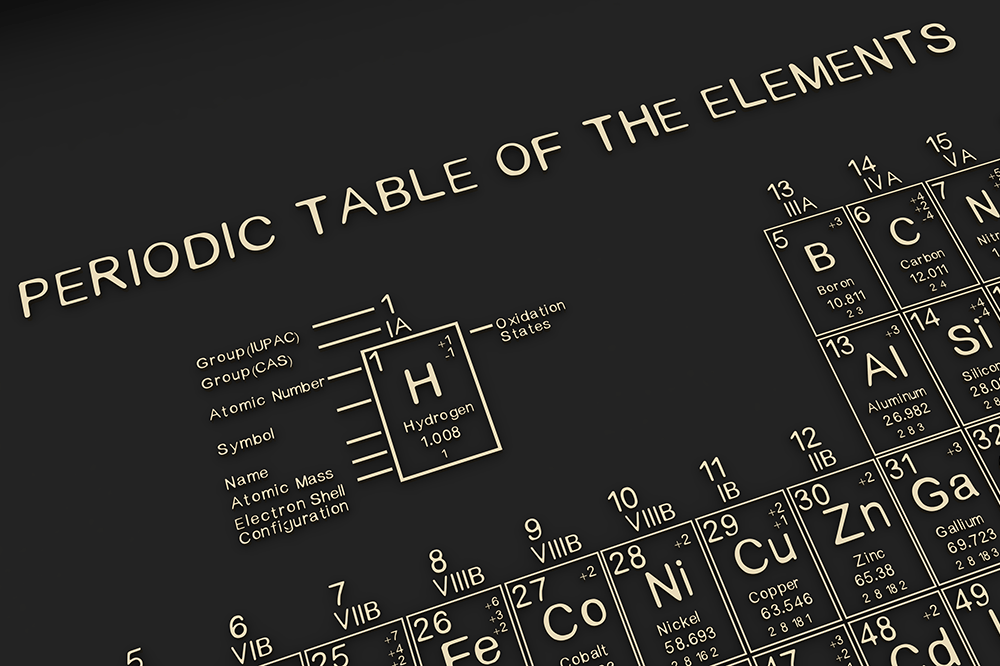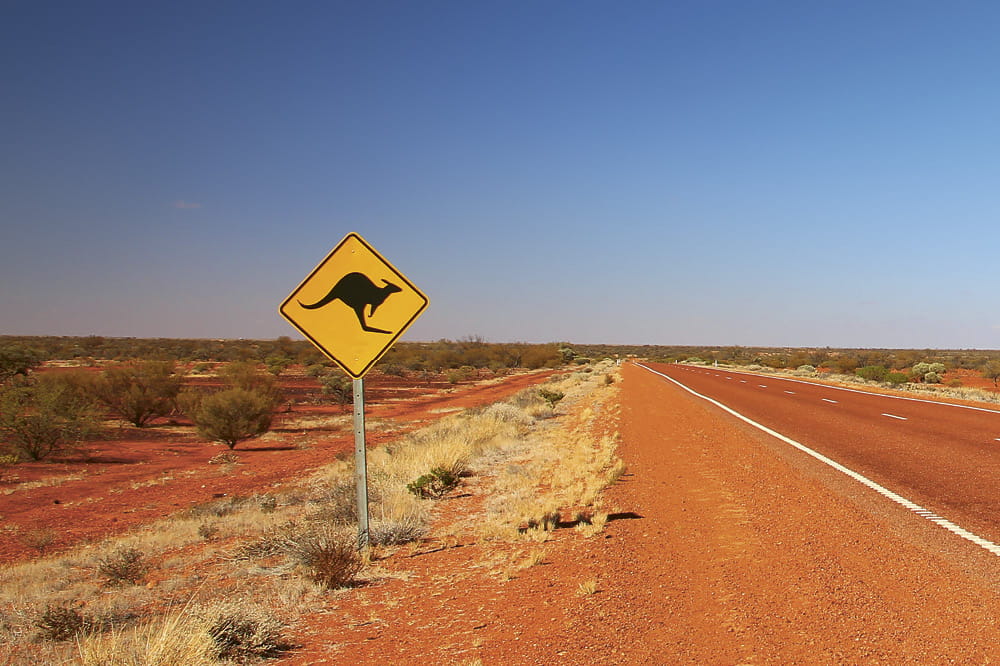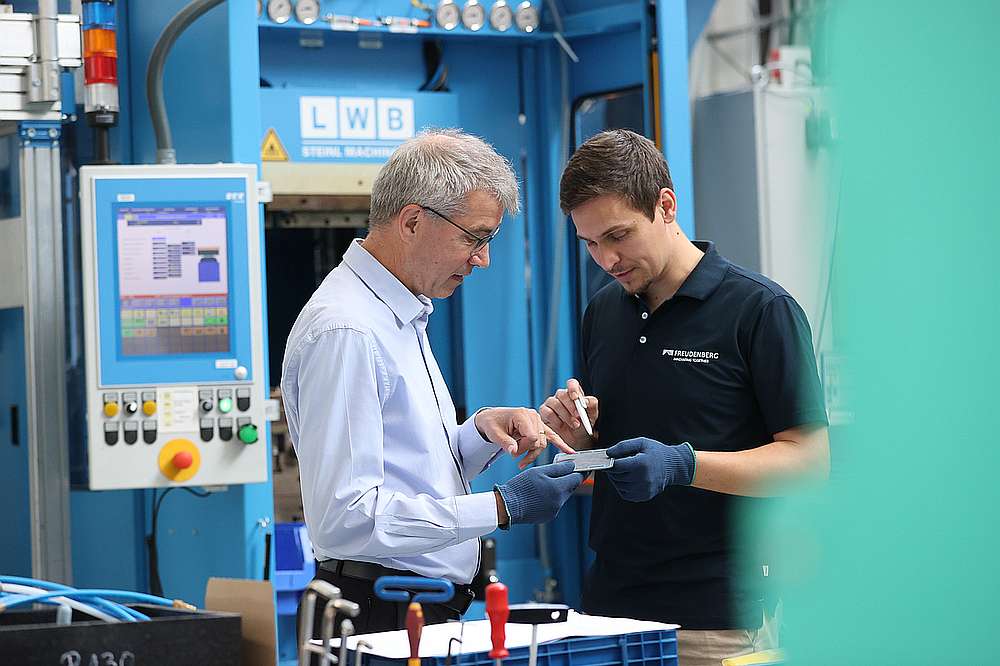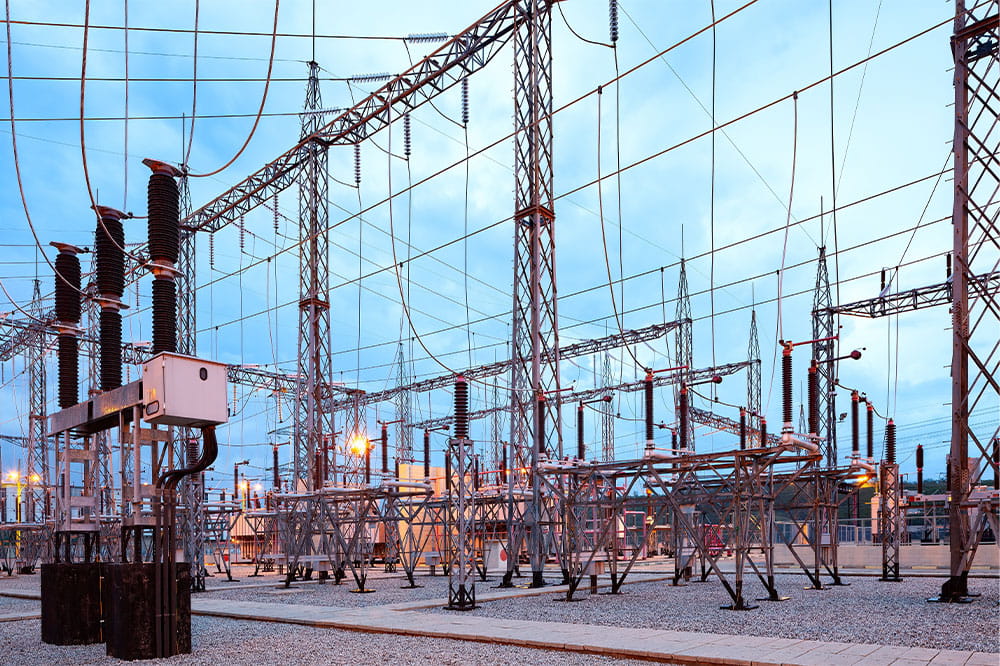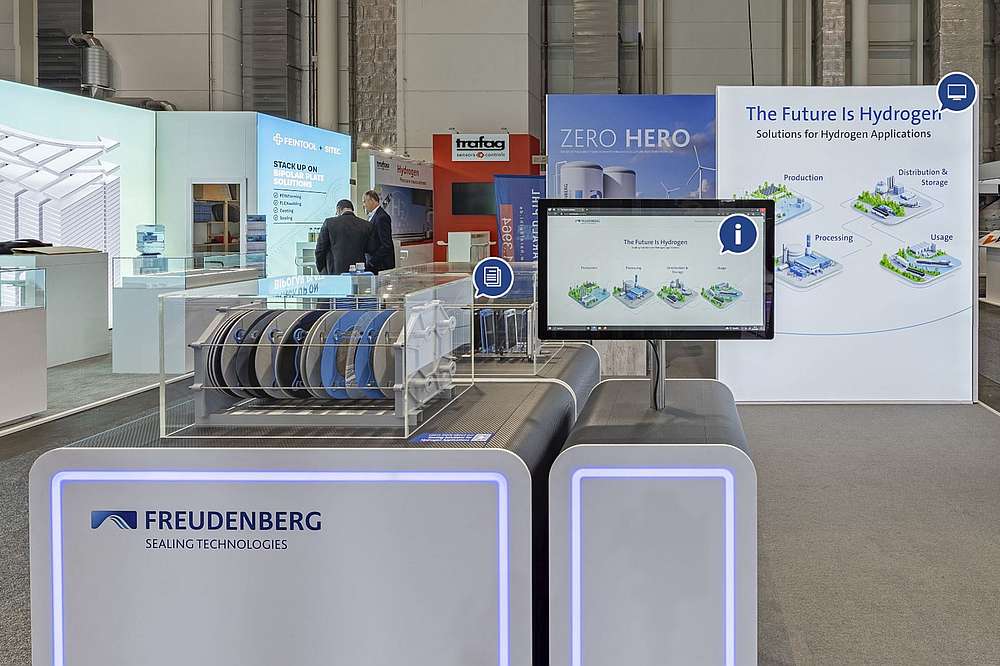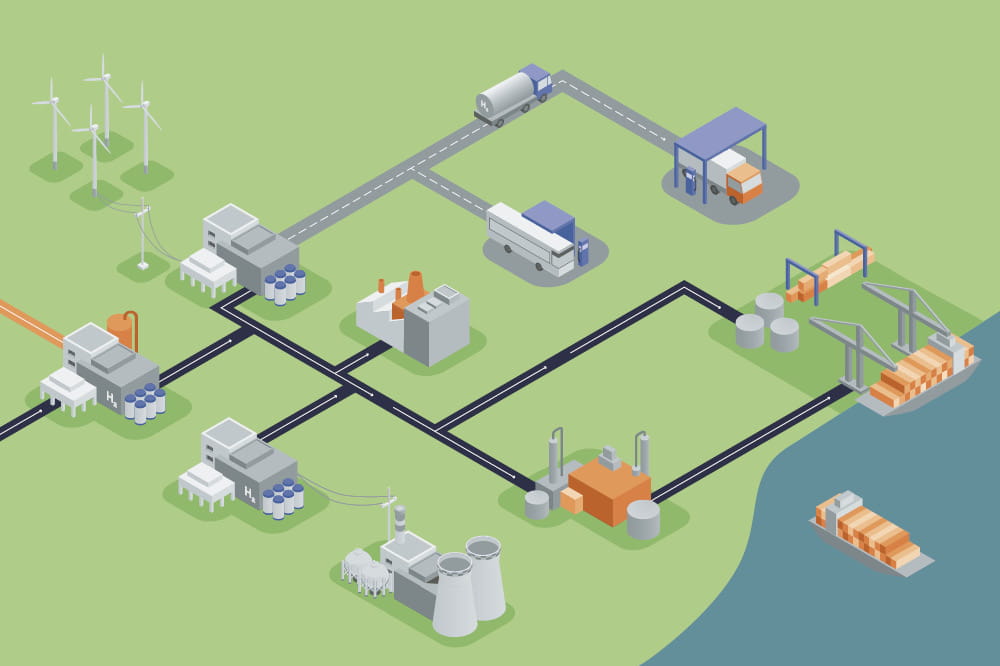Obtain news and background information about sealing technology, get in touch with innovative products – subscribe to the free e-mail newsletter.
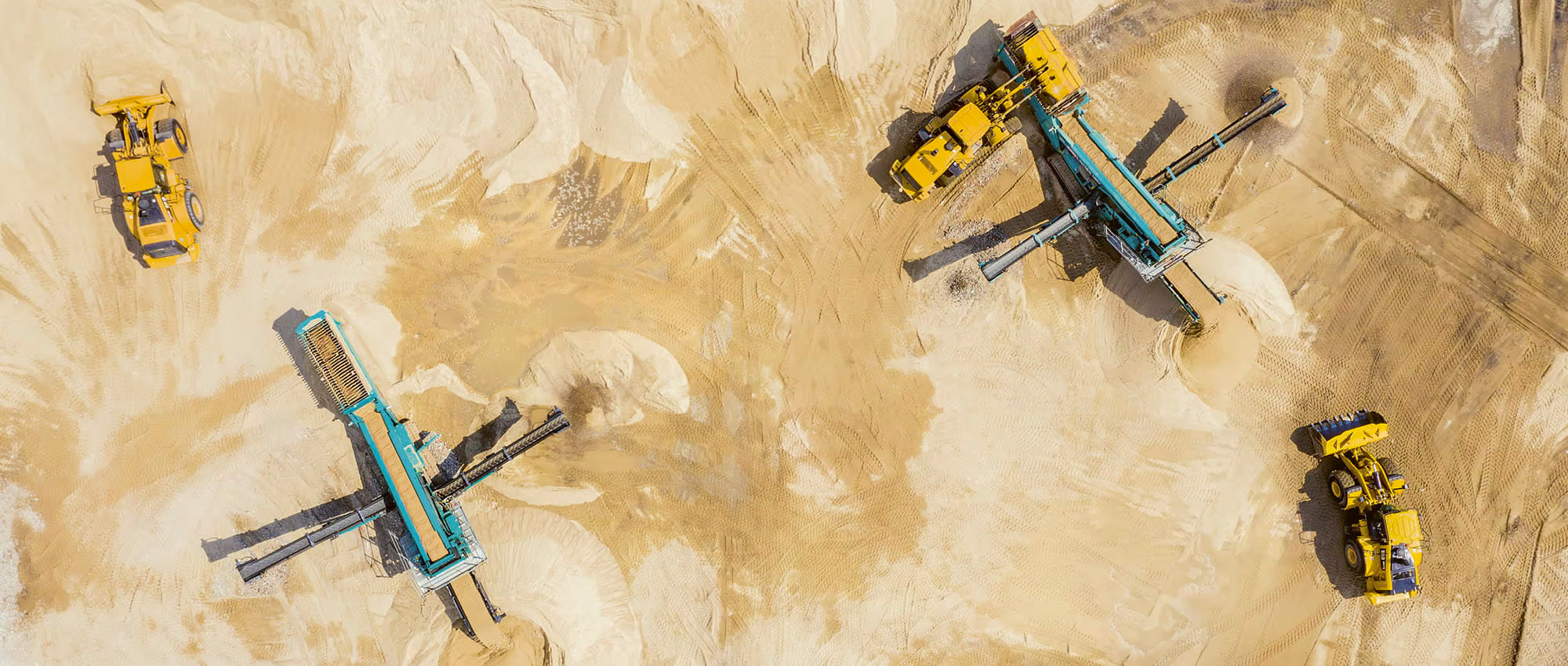
31.08.2021 | Story
Sand River Technologies, Using Desert Sand for Construction
Except for water, no resource on the planet is in greater demand than sand, some experts say. Sand is not only found in many everyday objects – it is particularly in demand for building construction. As a result, it is increasingly in short supply.
Poyang Lake in southeast China is the largest freshwater lake in the country. At its longest point, it spreads out over a surface of up to 4,500 square kilometers (about 1,740 square miles). In the 14th century, the inland lake is said to have been the scene of one of the greatest sea battles in history. Depending on the time of year, its water level fluctuates a great deal, recently to the point that it could hardly be seen in satellite images. The powerful Three Gorges Dam, which disrupts its flow, is one reason for the fluctuation. In addition, the extraction of massive amounts of sand has broadened and deepened the lake’s drainage channel, allowing its water to escape more quickly.
In 2014, the United Nations Environmental Program estimated that 235 million cubic meters (307 million cubic yards) of sand are mined from Poyang Lake annually. That would make it the site of the world’s largest sand mining operation. The gritty material is proving to be a hot seller as the country’s economy booms. Its many infrastructure products and its rapidly growing cities are dependent on sand as an ingredient in cement. Every two or three years, China uses as much sand as the United States did in the entire 20th century. Of the up to 50 billion tons of sand consumed globally each year, China accounts for about 60 percent.
All Sand Is Not the Same
Some might say this isn’t a problem. After all, sand can be found in abundance across the planet. The expression “like the sand in the sea” is already found in the Bible and suggests something available in great quantity. And that is certainly true: Deserts cover about one-fifth of the earth’s land surface. But the math doesn’t quite add up because all sand is not the same. Only about 5 percent of the world’s sand deposits are suited for cement production.
Desert sand is out of the question because wind and weathering have polished it to make it smooth. The sand used in construction must have an angular structure. The sought-after variant only occurs in gravel and sand pits or in lakes and rivers, which carry it along to the ocean. So construction sand is primarily mined in pits, on riverbanks and shores, or at the bottom of bodies of water. That is what was going on at Poyang Lake. It had been targeted to the point that Chinese officials banned sand mining from the Yangtze River in 2001. This was required after sand mining washed away bridges, endangered levees and prevented navigation.
Sand

Grains of sand are 0.063 to 2 millimeters in diameter. They consist of rock that is gradually weathered from the effect of wind, rain, the sun and frost. As rock is carried along by rivers to the sea, the grains are ground smaller and smaller. It is a process that can stretch over several hundred years.
Illegal Mining on a Grand Scale
The global demand for sand continues to rise. Nine times more sand is mined than oil is extracted, statistics show. The United Nations highlights the magnitude of sand mining in its report, “Sand, rarer than one thinks.” Enough construction sand is used in the production of concrete to build a wall 27 meters (32 yards) high and just as wide around the equator. It goes without saying that the large grained sand is being extracted much more quickly than rivers can produce a fresh supply. The world is heading toward a severe bottleneck. This can be seen in the prices of the commodity. The price for sand extracted in Germany rose about 30 percent between 2000 and 2017. In the United States, the price rose by the same proportion between 2010 and 2019. And when a commodity becomes lucrative, criminal energies are unleashed. In India, there is already talk about Mafia-like structures in the sand business. It is being illegally mined there on a grand scale. In the south Indian state of Kerala alone, the value of the illegal trade is put at about $2.3 billion U.S. Illegal mining has also been observed in other parts of the world.
Singapore is seen as a consumer of illegally mined sand. For a long time, the city-state obtained its sand from Indonesia, Malaysia and Cambodia from time to time. A few years ago, these countries imposed an official ban on exports. Nonetheless, Singaporean statistics continue to show sand imports from them. Singapore is heavily dependent on the commodity. Surrounded by water, the city-state has expanded its land area by 20 percent since its independence in 1965. A United Nations report from 2014 says Singapore has imported more than 500 million tons of sand over the past twenty years. The imports from neighboring nations have led to the disappearance of entire beaches and some sand islands off their coasts. The cause is the suctioning of sand from the ocean floor. Singapore turned to Australia, among other places, to obtain sand that is needed to build its huge container terminal.
Dubai was another of Australia’s customers, in part to build the Burj Khalifa, the world’s highest building, in the desert emirate. An abundance of sand was also needed for another prestige project: the artificial islands off the emirate’s coast, designed in the form of palms.
A Glimmer of Hope?
The demand for sand persists in the West as well. It is substantial and unabated. After water, it is the world’s most sought-after resource, experts say. The United Nations assumes that Africa will follow suit when it comes to sand, which brings up the issue of alternatives. In this respect, the German company Polycare, has attracted some attention; it is supporting a construction project in Namibia after years of research. Ostensibly unsuitable desert sand was used as a construction material after polyester resin was added to it as a crucial binding agent. The polyester resin was in part obtained from recycled PET bottles. The polymer-cement made of desert sand and artificial resin hardens after just twenty minutes. In their finished form, individual polymer-cement parts can be inserted and screwed inside one another like Lego pieces. At some point, a building could be dismantled and rebuilt somewhere else. Time will tell whether the method will prove to be a breakthrough. If it works out, the construction sector could turn to smoothly polished desert sand. And this is indeed as abundant as sand in the sea.
More news on the subject Sustainability

Join Us!
Experience Freudenberg Sealing Technologies, its products and service offerings in text and videos, network with colleagues and stakeholders, and make valuable business contacts.
Connect on LinkedIn! open_in_new